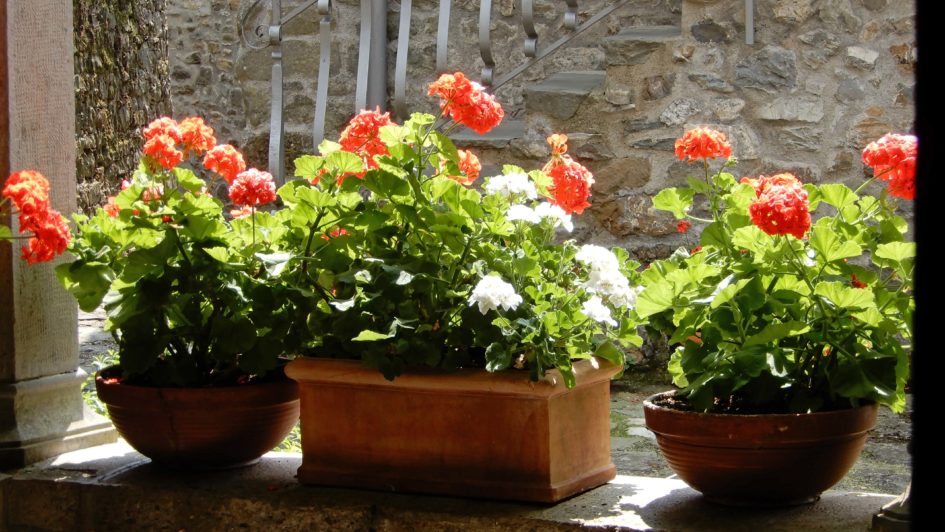Three people disembarked the train at the tiny station of Villafranca-Bagnone. One person jumped into a car and motored off. Then there were two.
Late morning on a very hot summer’s day, it felt like one of those old, American wild-west movies – except that we were the mysterious strangers who’d arrived to find the town apparently deserted. We followed a faded sign pointing to a bar round the back of the station and found a young woman wiping down tables. ‘We’re after the bus to Bagnone’, we said.
‘Come back at 1:30pm,’ she replied. It had just gone 11:00.
We wandered out and spotted a pasticceria up the road that seemed to be open. ‘Hello. We’re after the bus to Bagnone.’
‘That’ll be 1:30pm at the bar behind the station,’ came the response. ‘It’s the holidays, so they don’t run very often.’
‘Is there a taxi in the village? Someone we could pay to drive us?’ The lady laughed. No taxis in Villafranca then.
‘You could walk. It’s not far.’
So the options were wait two-and-a-half hours for the bus, or walk six kilometres in the hot sun. Google Maps engaged, we set off. Fortunately Bagnone was worth it.
A few days later we were back on the train again, this time heading further north, to meet our friends Rita and Elio in their home town of Borgotaro.
Though they’re in different regions, Bagnone (Tuscany) and Borgotaro (Emilia-Romagna) are typical, small Italian towns. They haven’t made the ‘Most Beautiful’ list and they’re not on the tourist trail; they’re places where people just go about their daily lives. But, of course, it’s people who make seemingly ordinary towns special.

09/02/2019 at 5:39 am
What a wonderful time you are having – and so great that you speak the language so well 💕
09/02/2019 at 8:16 am
Thanks, Jan 😘